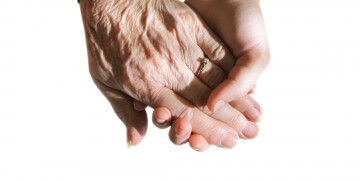
The Youth Factor: It’s in Your Blood
Finding ways to slow or reverse aging intrigues scientists and non-scientists alike. In recent studies, merging the circulatory systems of young and old mice rejuvenated skeletal muscle, brain, and cardiac cells, indicating the presence of a systemic “anti-aging factor” initially thought to be growth differentiation factor 11 (GDF11). However, a recent publication showed that GDF11 actually promotes aging, emphasizing the need for further integrative analysis of the aging process.
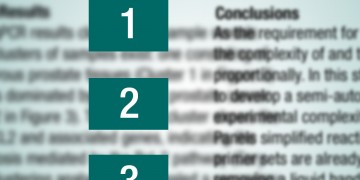
Get Published! 10 Tips for Getting Published Successfully
When you have finished all your experiments and have the paper ready in your head, you need to consider several factors before sending it for publication. Here are some tips that Bio-Rad’s PrimePCR™ PCR Primers and Assays group put together for getting the paper published successfully.
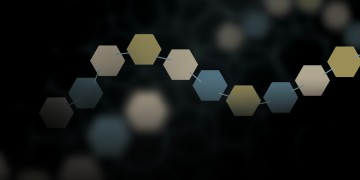
Next Generation Computers: Transforming Cells into Autonomous Computing Devices
What do computers and cells have in common? Can cells function as computers or recording devices? Can a bacterial computer be built? Synthetic biologists have recently developed a platform called SCRIBE (Synthetic Cellular Recorders Integrating Biological Events) to convert genomic DNA into a “tape” for recording and memorizing information. This article explores many interesting aspects of autonomous cellular memory and the potential applications of such living computational systems.

What’s in An Instrument Nickname?
Researchers love their lab instruments…and sometimes hate them too. Out of such complex human-machine relationships come nicknames, many many nicknames. Read on to explore the ways scientists name their instruments, the names they choose, and contribute your favorite instrument nickname!
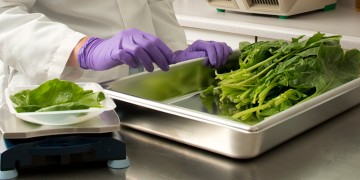
Six Things You Might Not Know About Bio-Rad’s Food Science Division (FSD)
What’s the science that keeps your food safe? Find out with an inside look at Bio-Rad’s Food Science Division, and discover how techniques from the research lab are applied every day to guard what you eat.
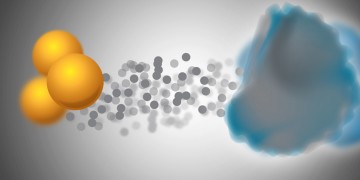
Researcher Profile: Suzanne Topalian Pioneers PD-1 Inhibitor Drug to Treat Advanced Cancer
Suzanne Topalian was recognized in 2014 by Nature as one of “Ten People Who Mattered This Year” for her contributions in pioneering nivolumab, a programmed cell death protein-1 (PD-1) inhibitor that was recently approved in Japan for advanced melanoma treatment and that shifts the paradigm for a wide range of cancer therapies.
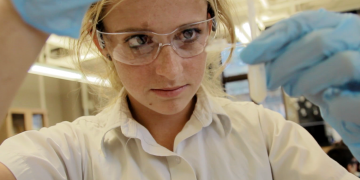
3 Moments of Inquiry with Bio-Rad’s pGLO™ Transformation and Inquiry for AP Biology: A ThINQ! Investigation Kit
“Inquiry-based” is the new buzzphrase in science education. But what do these learning practices look like on the ground? Visit one high school in Southern California and find out about this new approach to teaching science.
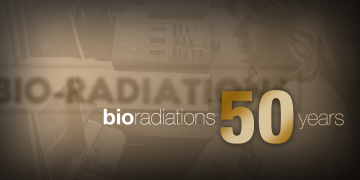
Bioradiations Looks Back: 50 Years as Bio-Rad’s Life Science Resource
Bioradiations, Bio-Rad’s technical resource for life science research, sent out its first issue in 1965. How did this publication evolve in the years that followed? Take a look in our archives and find out!

You Get to Do This? – The Bio-Rad Science Ambassador Program at the 2014 Bay Area Science Festival
The Bio-Rad Science Ambassador Program participated in the 2014 Bay Area Science Festival’s Discovery Days at AT&T Park event. See one volunteer Science Ambassador talk about conducting a real DNA experiment with students.

Now I Have My Own DNA – The Bio-Rad Science Ambassador Program at the 2014 Bay Area Science Festival
See a range of students talk about the unique experience of extracting their own DNA, and one volunteer Science Ambassador talk about conducting a real DNA experiment with students.
